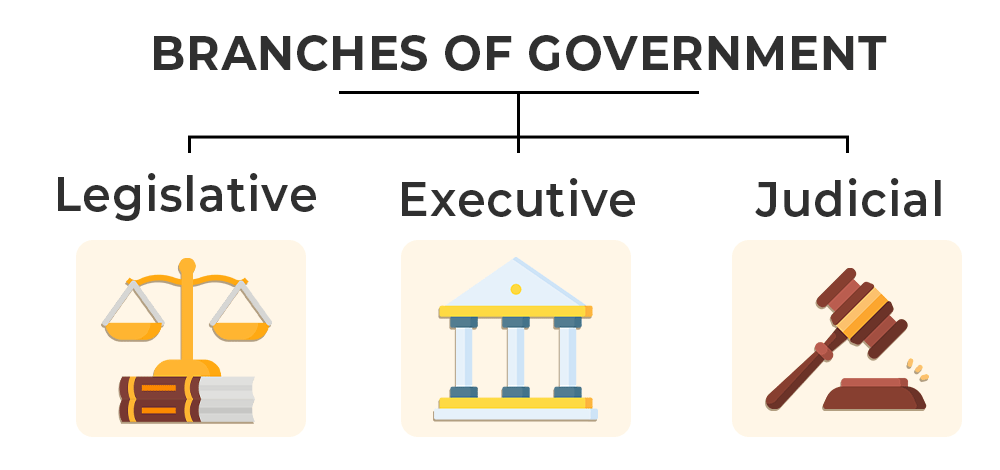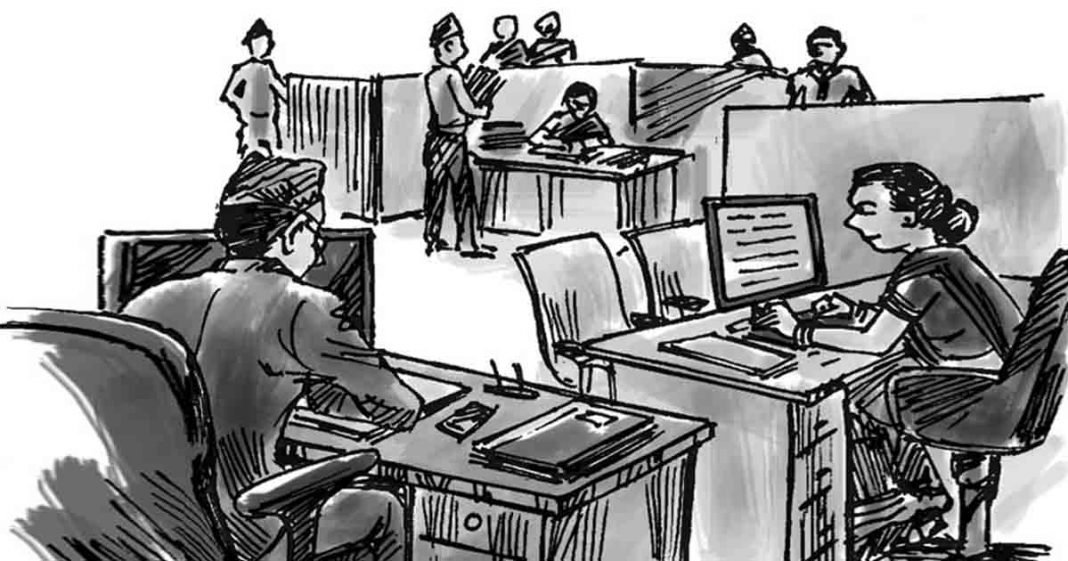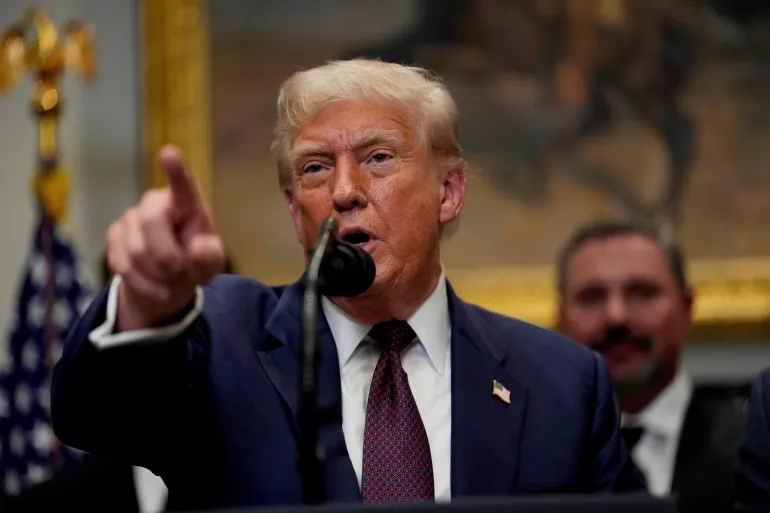Barrister Roman Awan
The political landscape of Pakistan often resembles a contentious tug-of-war between the judiciary and the executive, with mutual accusations of encroachment on each other’s domains. The recent introduction of the 26th Amendment to the constitution marks yet another chapter in this ongoing narrative, illustrating the intricate interplay of power and authority in a nation still grappling with the nuances of its democratic framework.
In Pakistan’s parliamentary system, the theoretical underpinnings suggest that the executive branch is fundamentally an extension of the legislature. However, realities often deviate from this principle. Majoritarianism tends to forge a scenario where the executive, rather than being subordinate to legislative oversight, increasingly assumes control over its own creator, thereby undermining the notion of parliamentary sovereignty. In this setup, the judiciary stands as the primary constitutional restraint on executive power, creating a perpetual friction between these two branches of government.
A hallmark of an underdeveloped democracy is the preeminence of individual personalities over institutional integrity. This reality is starkly evident in Pakistan, where pivotal appointments—particularly the heads of the judiciary and the military—are shrouded in speculation and controversy. The perceived stability of the government appears to hinge more on the favor of these powerful institutions rather than the electoral mandate bestowed by the populace. Such perceptions are not unfounded given the historical instances where the whims of these figures have dictated the course of governance. Understanding this historical context is crucial to grasp the complexities of Pakistan’s political system.
Before the enactment of the 18th Amendment in 2010, the appointment of the Chief Justice of Pakistan (CJP) lacked a formal stipulation mandating seniority—a gap that political factions exploited for years. Typically, the most senior judge would ascend to the role; however, deviations from this practice were not uncommon. A notable example occurred during Benazir Bhutto’s premiership when Justice Sajjad Ali Shah was appointed over more senior judges. His controversial elevation was rooted in Bhutto’s admiration for his dissenting opinion in a case that led to her government’s dismissal. However, irony abounds, as the very CJP whom she appointed later presided over another decision that led to her political downfall, reflecting how power can shift loyalties once individuals ascend to significant roles.
This history of political maneuvering underscores a broader trend: once individuals attain positions of authority, self-interest and institutional priorities often overshadow their initial loyalties. This cycle perpetuates a pattern where the political elites, while promising reform, frequently revert to established norms that favor expediency over integrity. Such nuances reveal a disconcerting truth about the understanding of history among Pakistan’s political elite: they may not fully grasp the lessons it offers.
In 2010, the 18th Amendment aimed to establish a much-needed guideline regarding the appointment of the CJP by introducing a mandatory seniority criterion. The amendment was initially a hopeful signal of political maturation, suggesting a newfound prioritization of institutional integrity over personal biases. However, this optimism was short-lived and misguided, as evidenced by the swift ramifications that followed with the recent passage of the 26th Amendment.
This amendment dilutes the seniority principle, allowing the executive branch to regain substantial control over the appointment of the CJP. While the CJP’s selection will occur through a 12-member Special Parliamentary Committee, predominantly formed by ruling party members, the executive’s role in influencing judicial appointments remains pronounced. This arrangement effectively transforms a decision that should reside within judicial independence into an executive prerogative, undermining the foundational checks and balances meant to safeguard against potential abuses of power. This erosion of judicial independence should be a cause for concern for all those who value democracy in Pakistan.
Moreover, the establishment of constitutional benches in the Supreme Court and high courts seeks to address the escalating backlog of cases—a symptom of the judicial system’s struggle under the burden of politically motivated litigation. However, creating constitutional benches may address only a fraction of the deeper systemic issues, such as the need for increasing judicial capacity rather than merely restructuring existing mechanisms. This modification runs the risk of perpetuating a cycle where political entities continue to engage the judiciary on a whim, thus laboring under the assumption that judicial resources will ever be sufficient to manage politically charged disputes.
The 26th Amendment also introduces parameters for evaluating the performance of high court judges. While the intent may be to enhance judicial efficiency, the inclusion of parliamentarians within the Judicial Commission of Pakistan (JCP) presents potential conflicts of interest. This could create a culture of fear among judges, potentially compromising their independence. The balance here is delicate: while accountability is crucial, the threat of political oversight can inhibit judges from executing their duties impartially.
Perhaps the most contentious alteration brought about by this amendment is the revocation of the judiciary’s suo-motu powers. Historically, this judicial activism allowed the court to address matters of public interest and uphold fundamental rights proactively. Yet this authority heavily relied on the character and inclinations of the CJP. Instead of reforming its application, the ruling coalition’s desire to quash this power entirely reflects a broader concern about being held accountable for governance failures. Such measures can stifle the judicial branch’s ability to act as a guardian of citizen rights, suggesting that the current leadership prefers limitations on judicial scrutiny rather than fostering an environment where accountability is paramount.
In summary, the 26th Amendment illustrates a broader struggle within Pakistan’s political machinery, emblematic of the ongoing battle between executive authority and judicial independence. While politicians may propose amendments under the guise of reform and maturity, the underlying motives often reveal a desire to consolidate power rather than promote genuine accountability and democratic governance. As the country moves forward, the urgent need for genuine accountability remains. The challenge is clear: will leadership learn from history, or will it continue to duplicate the mistakes that have shaped this ongoing saga of confrontation between the judiciary and the executive?















